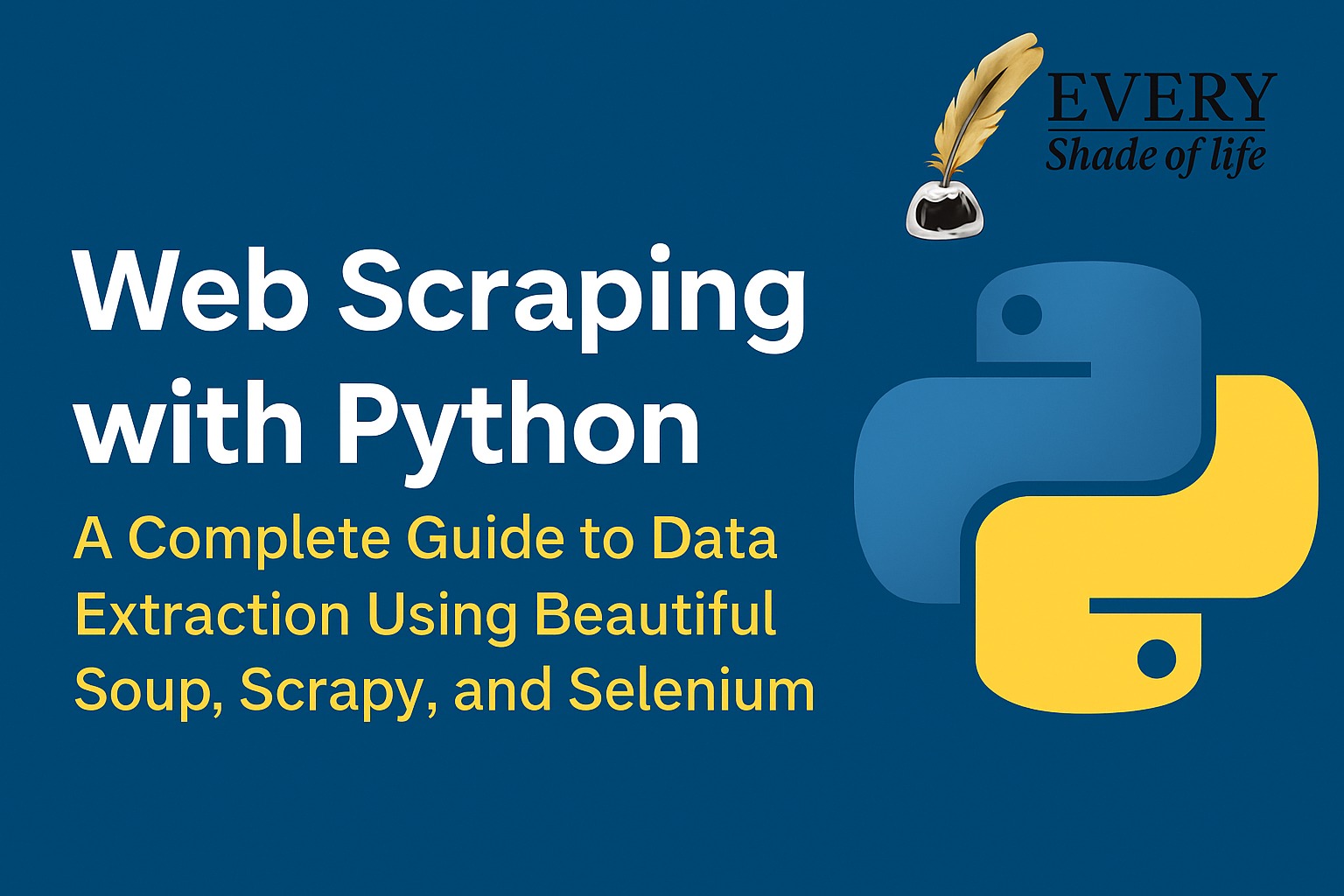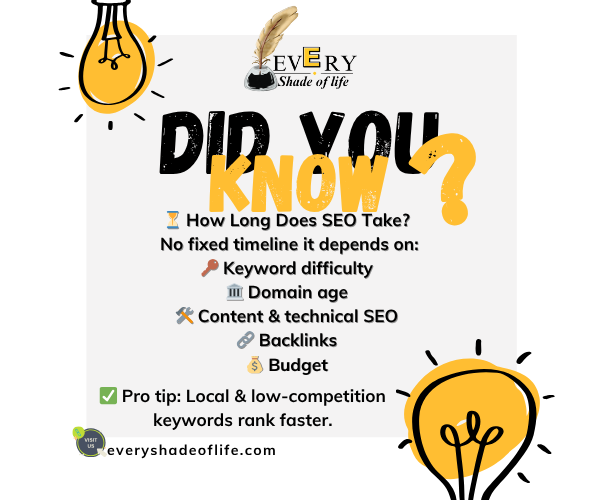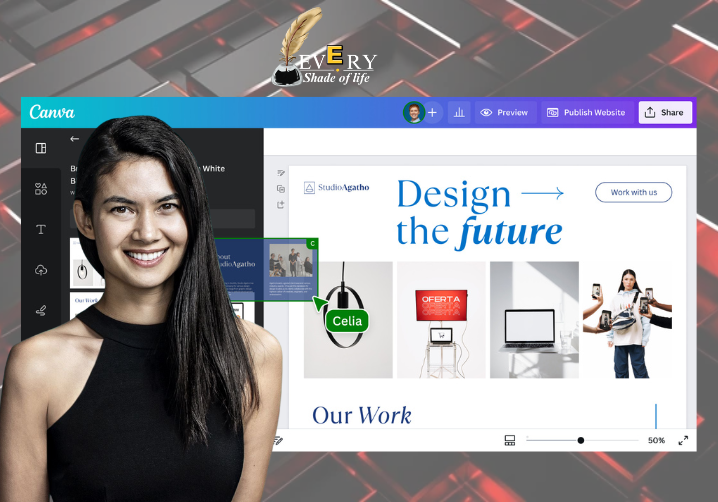
In today’s web scraping has become one of the most essential techniques for collecting valuable data from websites. Whether it’s for eCommerce price monitoring, market research, or data-driven decision-making, mastering web scraping with Python is a must-have skill for developers, analysts, and data scientists. This comprehensive web scraping walks everything they need to know about automated data extraction from websites using Python tools like Beautiful Soup, Scrapy, and Selenium.
What is Web Scraping and Why Is It Important?
Web scraping is the process of extracting content or data from websites automatically. Instead of copying and pasting data manually, web scraping scripts can collect thousands of data points within seconds. This data extraction technique is used for:
- Product scraping from Amazon, Flipkart, or other eCommerce platforms
- News aggregation from multiple sources
- SEO analysis and content tracking
- Social media monitoring
- Lead generation using contact scraping
With the rise in data dependency, companies and individuals rely heavily on web scraping for real-time insights, analytics, and automation.
Web Scraping with Python: Tools You Must Know
The video introduces some of the most powerful Python web scraping tools:
1. Beautiful Soup
Beautiful Soup is a Python library for pulling data out of HTML and XML files. It’s ideal for smaller projects that require parsing and simple navigation of the DOM tree.
2. Scrapy
Scrapy is a robust web scraping framework that supports large-scale data extraction projects. It handles requests, follows links, and exports data efficiently.
3. Selenium
Selenium is used when websites rely on JavaScript or require interactions like login, clicking buttons, or scrolling. It automates browser actions to help scrape dynamic websites.
These tools are core to web scraping with Python, offering flexibility, performance, and control.
Structured vs Unstructured Data: What You’re Scraping
Understanding data types is crucial for efficient data extraction.
- Structured data: Tables, lists, or clearly formatted content (ideal for scraping with Beautiful Soup or Scrapy).
- Unstructured data: Articles, reviews, and free-form text requiring more complex parsing.
The way you approach web scraping in Python depends heavily on the nature of your target data.
Legal Considerations in Web Scraping
Before running any Python web scraping scripts, it’s important to follow legal and ethical practices. The video emphasizes checking a website’s robots.txt file and terms of service.
Key compliance steps:
- Respect site rules in robots.txt
- Avoid overloading servers with too many requests
- Never scrape login-protected or copyrighted content without permission
Ignoring legal boundaries in web scraping can result in IP bans or legal notices. Always prioritize ethical web data extraction.
How to Start Web Scraping with Python: Step-by-Step
The tutorial provides a complete web scraping tutorial using Python, including:
- Setting up Python environment and installing libraries (Beautiful Soup, Scrapy, Selenium)
- Writing scraping scripts to collect text, images, and links
- Using CSS selectors, XPath, and HTML tags to target data
- Saving the scraped data in CSV or databases
If you’re learning how to scrape websites with Python, these hands-on examples are an ideal starting point.
Real Use Cases for Python Web Scraping
- Price scraping: Extract product prices from multiple sites to track market trends
- Review scraping: Collect customer feedback for sentiment analysis
- Image scraping: Download product or visual content for training image recognition models
- Content scraping: Automate collection of blog posts or headlines for research
Every digital business today benefits from some form of web scraping automation.
Why You Should Learn Web Scraping
Whether you’re working in eCommerce, digital marketing, or data science, learning web scraping with Python is essential. It allows you to:
- Automate repetitive data collection tasks
- Build your own databases for analytics
- Improve competitive intelligence
- Generate leads from public sources
- Train machine learning models with real-world data
This serves as a complete Python web scraping course for beginners and professionals looking to sharpen their skills.
Final Thoughts: Web Scraping is the Future of Data Collection
As businesses continue to rely on real-time information, web scraping will remain a critical skill. Whether you’re using Beautiful Soup for simple HTML parsing, Scrapy for large-scale projects, or Selenium for dynamic sites, having command over these tools gives you a major edge in the data economy.
By mastering web scraping with Python, you unlock the power to automate, analyze, and act on web data at scale efficiently and ethically.












